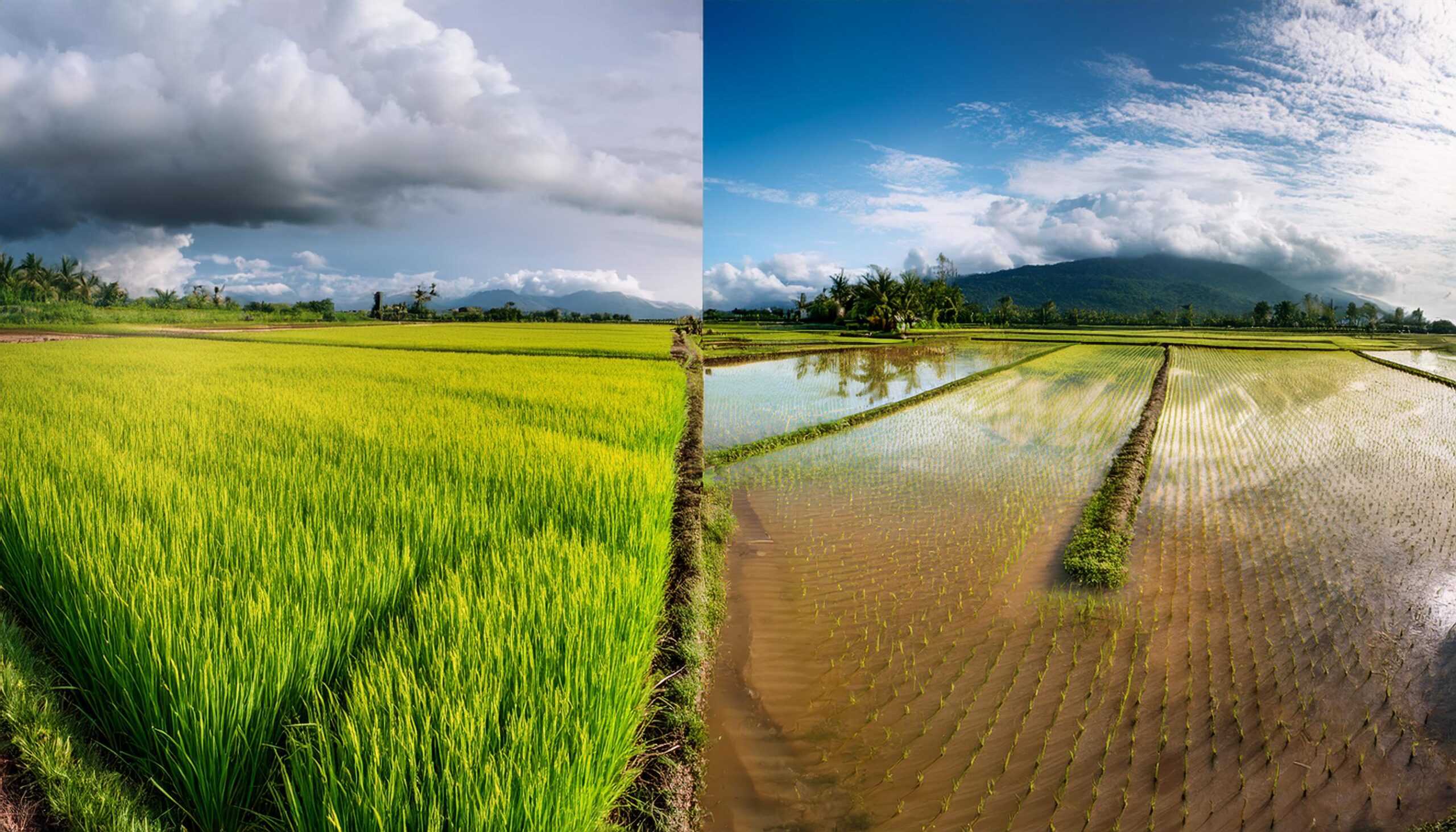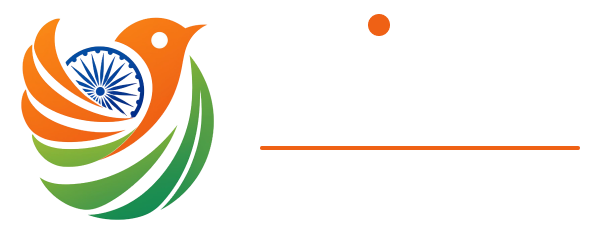
“System of Rice Intensification” or SRI in agriculture.
This technique of enhancing paddy productivity from an average 23 of Indian farms to almost 150-200 Qtls/ha subject to maintenance of soil health, provision of good inputs etc.
It is no secret that rice production worldwide produces 12% of the global Methane emissions and Methane is 30 times more potent than CO2 (Carbon Dioxide). The other reality is that more than half the world eats Rice as a staple food.
So SRI should be the best method to have produced for all. Let’s look at Indian scenario. 45 Million Ha was sown under paddy in India 2021. How much area under SRI method is a question with contemptible answers. Why has it not caught up with the imagination of farming community?
We tried finding answer to this in 2019 Rabi in Telangana where receding monsoons provide an opportunity of paddy cultivation. The challenge was that one of the largest rice exporter of Telangana observed that rice exports from India may get a ban in international market due to high residual chemicals in rice.
I suggested that since farmers are wanting assured incomes thus they are putting in higher amounts of chemical fertilizers and pesticides. Why not offer them the same incomes through better productivity of rice with less input costs.
The experiment was conducted with 100 farmers. It grew to 800 acres in 2020-21. The farmers saw and participated in actually learning and demonstrating the effectiveness of SRI. 30% savings in water, 50% increase in productivity and 50% more incomes since the residual chemicals are less in their production are points to rejoice.
If the same has to be taken up countrywide then maybe; and I emphasize maybe the following interventions will help:
- SRI enthusiast institutions and individuals must work with a larger set of farmers than individuals
- An exposure and meeting with successful farmers will help to begin
- All the practical challenges of land leveling (0% slope), more number of weeding operation, nursery making costs, sowing of 8-14 days old seedlings etc. be discussed and planned to overcome beforehand
- Incentivized marketing and better returns due to enhanced quality (less chemical or no chemical getting incentivized prices) must be planned by the host institution
- A host institution can be a local NGO, an FPC of enthusiastic farmers or a CSR foundation or maybe Govt. KVK or Agri department. This plays a crucial role in “connecting the dots”.
- Farm mechanization for sowing, weeding etc. are a must for SRI and are adaptable , affordable technologies at a scale.
45 million Ha land is way too high to be growing an estimated 105 Million MT rice (avg productivity 23 qtls) in 2022-23. Imagine doubling of productivity in rice by SRI in next 5 years so that 23 Million Ha land can be freed from rice for diverse , nutritious, incentivised crops.
Ref. : https://lnkd.in/ggiJJ5RA
